Table of Contents[Hide][Show]
Nuts give us lots of good things. Walnuts are rich in healthy omega-3 fatty acids. All nuts are rich in protein, and make great nutritious snacks. Almonds are good for us as they are, and also make great alternatives like almond butter and almond milk.
Shea butter is similar to almond butter in that it’s made from a nut—the African shea tree nut. But it’s also unique because of its composition of natural fats. These allow the butter to absorb quickly into the skin, where it works to help with dryness and more.
What is Shea Tree?
The African Shea tree (Vitellaria paradoxa), also called the “karate nut tree” grows wild in the savannah regions of West and East Africa.
Farmers have to wait about 10-15 years before the tree starts bearing fruit, and it doesn’t reach full maturity until it gets to be 20-30 years old. At that point, it can produce nuts for up to 200 years.
The tree is usually about 50 feet tall, though it can grow up to over 80 feet. Leaves appear at the end of each branch, and accompany several flowers grouped near each leaf.
Where is Shea Butter From?
The fruit itself looks like a large plum and has a tart pulp that surrounds a large, oil-rich seed from which we get the shea butter. The fruit takes 4-6 months to ripen, and is used for a variety of things, though the cosmetic use of shea butter is the most popular.
Internal Health Benefits of Shea
Locally, shea fruit is eaten just like mangoes or other wild, seasonal fruits, and is also used to make jam. It is a good source of protein, carbohydrates, iron, calcium, and vitamins B and C. The trunk bark, roots, and leaves are also used to make ancient medicinal remedies.
Shea Leaves for Pain Relief
The leaves, for instance, are believed to help relieve stomach ache, and when used in a vapor bath, to treat headaches. The leaves contain saponin and lather in water, so they are great for washing and as an eye bath.
Shea Root as Chewing Sticks
The roots of the shea tree make good chewing sticks, and are sometimes ground into a paste and taken orally as a cure for jaundice, diarrhea, and stomachache.
Shea Butter – Not Just for Cosmetics
The butter from the nut, in addition to its popularity in cosmetics, is also used for frying and making stews.
Beauty Benefits of Shea Butter in Skin Care
Shea butter really shines when it comes to caring for the skin and hair. Here’s just a glimpse of all its many benefits!
Relief from Dry Skin
By far the most common use for shea butter. Used for generations as a natural moisturizer, it absorbs quickly and contains a number of fatty acids that help.
It’s Good for Anti-Aging
Shea butter contains vitamins A, D, and E, which help protect the skin. Helps reduce the appearance of fine lines and wrinkles, while keeping the skin looking firm and tight.
Soothes & Moisturizes
It’s great for sensitive skin because of its moisturizing properties.
Gentle Enough for Baby
Shea butter is a very gentle moisturizer, safe enough even for baby’s skin. In fact, it is often recommended for those with sensitive skin because it has such a great reputation for being non-irritating.
Try our Shea Butter Based Skincare Products!
We used shea butter in our Anti-Aging Eye Cream and Palo Santo Body Butter to help moisturize and protect this delicate skin. Let us know what you think of it.
How do you use shea butter? Share in the comments below.
Source
De P, et al., “Cinnamic acid derivatives as anticancer agents—a review,” Curr Med Chem 2011;18(11):1672-703, http://www.ncbi.nlm.nih.gov/pubmed/21434850.
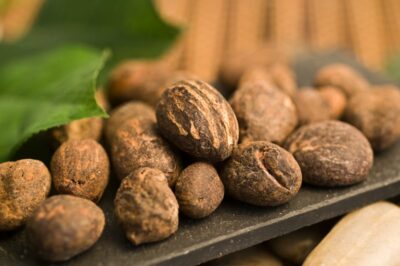

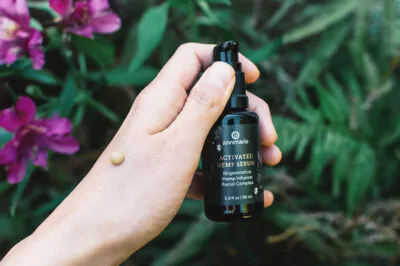
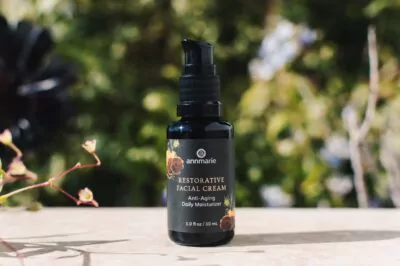
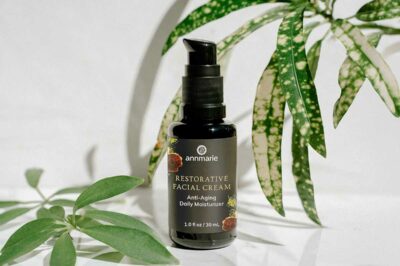
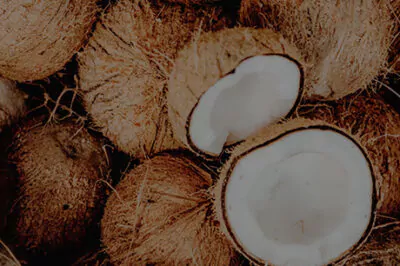
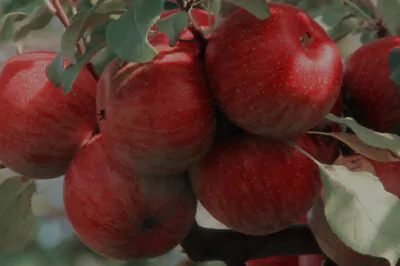
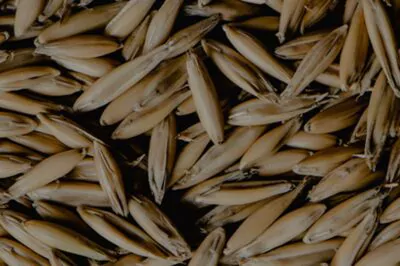
Great piece of content, I couldn’t get over my bad skin quandary until I found this wonderful all natural cystic acne treatment